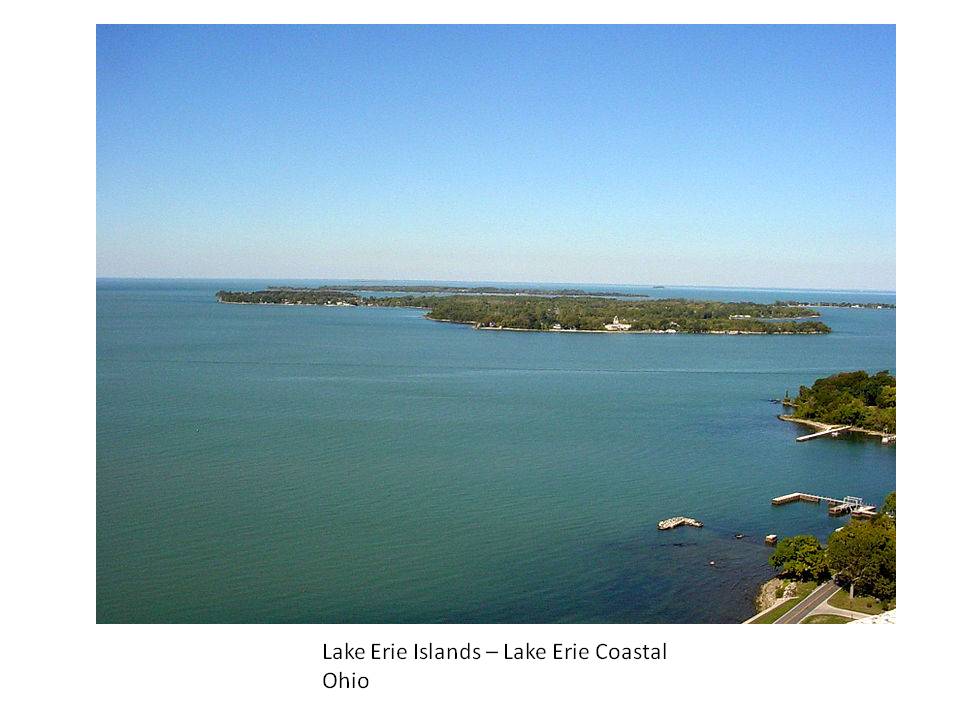Canadian and American Fishermen Fight a New Battle of Lake Erie

“Reckless Canadian” and “lawless American fishermen” fought a new battle of Lake Erie and came to a peaceful treaty resolution.
On March 7,1892, the Canadian Dominion government announced from Ottawa that it was placing three new cruisers on Lake Superior and Lake Huron to act as revenue cutters to protect Canadian fisheries from illegal and destructive gill and pound nets. The Government discretely didn’t mention illegal American fishing in Canadian waters, but really was attempting to address the problem of what Canadians considered was American poaching.
The boundary line on Lake Erie had long been a subject of dispute between American fishermen and Canadian authorities. Canadian maritime officials had seized and taken many American tugs to Canadian ports for alleged violations of the law that prohibited Americans from fishing in Canadian waters, prompting the Toledo Blade to write an editorial about "reckless Canadians."
The boundary between the two countries in mid Lake Erie passed through some of the richest fishing grounds in the Great Lakes. American fisherman had always claimed that the Canadians erroneously marked the boundary and Canadian authorities had always claimed that American fishermen poached on the Canadian side of Lake Erie.
The Petrel Cast Her Terrifying Shadow
In December 1901, the Detroit Free Press featured a story about the Canadian Revenue Cutter Petrel, with a headline reading: “The Canadian Revenue Cutter Petrel, a Terror to Lawless Fishermen.”The Petrel was the only Canadian revenue cutter in service on the lakes and she resembled a miniature war vessel equipped with cannon, rifles, cutlasses and revolvers. During the summer on her regular run, she cast her terrifying shadow over lawless fishermen on Lake Erie.
There wasn’t much poaching on the upper lakes. According to Captain Dunn, the poaching mostly happened east of Pelee Island and off Long Point near Erie, Pennsylvania, and the Petrel had chased many a Yankee fishing tug out of Canadian waters. Her summer headquarters were at Port Stanley. Late in the fall she passed her unoccupied time at Amherstburg and she lay up for the winter at Walkerville, across from Detroit.
The First Second Battle of Lake Erie
In 1903, the first Second Battle of Lake Erie broke out. The Petrel patrolled and kept a constant lookout for poaching American vessels. About noon on August 12, 1903, she came upon the Silver Spray fishing on the Canadian side of the Lake Erie and ordered Captain Chris Chau to stop. A strong steel boat, the Petrel attempted to ram the American boat. Captain Chau, perhaps remembering the fate of several other American boats including two from Erie, Pennsylvania, that the Canadians had captured and confiscated just the last season, decided to make a run for it. He started ahead at full speed.
Captain Dunn of the Petrel Fired Full Guns Ahead
When Captain Dunn of the Petrel saw the Silver Spray speeding off, he opened fire with all the guns he had on board, and about twenty shots struck the Silver Spray. One passed through the smokestack into the pilot house where Captain Chau stood at the wheel. Two more bullets struck the pilot house, one landing a few inches from the Captain. It scattered a shower of splinters around his head.
Two shots from the Petrel’s small deck cannon landed in the water close to the Silve Spray. Two shots landed in the cabin, two in the roof, three in the after hurricane deck and the others in various parts of the vessel. Fred Culver, who was hit in the leg by shot, was the only man injured on the Silver Spray.
Although the boundary dispute had been going on for a number of years, the Canadian cutters had not resorted to warlike measures until the shelling of the Silver Spray. Captain Chau said that he would report the incident to the American State Department at Washington. He insisted that he had not been fishing, but simply looking for some of his nets that had drifted from the American side toward the Canadian shore.
An Armed Cruiser and Naval Station on the Great Lakes
Two days after the Petrel and Silver Spray skirmish, the American State Department reported that several officers had read the press dispatches and researched them for precedents. They didn’t find any. They also reported that they had not yet received any telegrams from the Canadian government about the incident, leading them to believe that it wasn’t important enough to become an international incident.
A story from Ottawa dated August 13, 1903, sounded more ominous. It said that the Marine Department of the Canadian government was determined to put down American poaching in Canadian Lakes, and the steamer Petrel not being fast, enough, “a speedier boat will be put in service at once.” By December 1903, the Canadian government had sanctioned building an armed cruiser for the Great Lakes. In turn, the United States seriously considered building a Navy for the Lakes and establishing a Naval station on them.
Bound to the Boundary Waters Treaty of 1909
After talk on both sides of sending armed vessels on the Great Lakes, American and Canadian passions cooled enough for the two nations to sign the Boundary Waters Treaty of 1909. The Treaty was designed to settle “in a friendly and informal manner differences and disagreements which were bound arise between the neighborhood nations.” It created the International Joint Commission for this common purpose, and there have been no more naval battles between "reckless Canadians" and "lawless American fishermen."
References
"Violated Canadian Fishing Laws," New York Times.
Mansfield, J.B. History of the Great Lakes. Chicago: J.H. Beers & Company, 1899.
